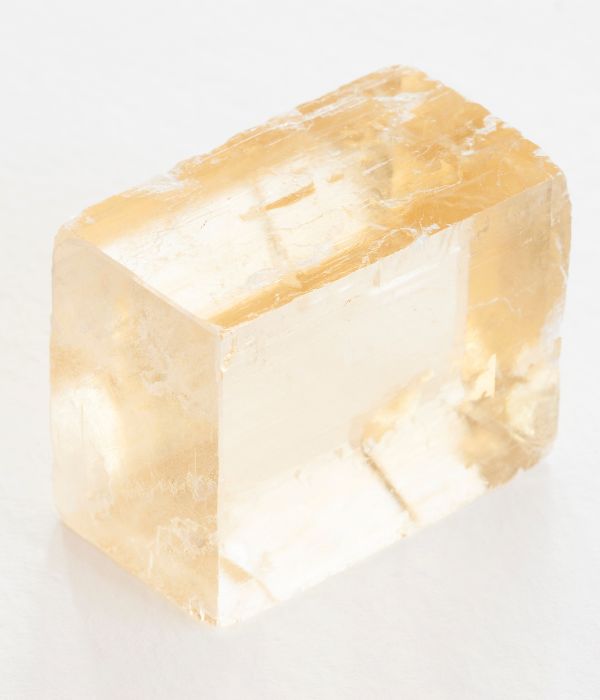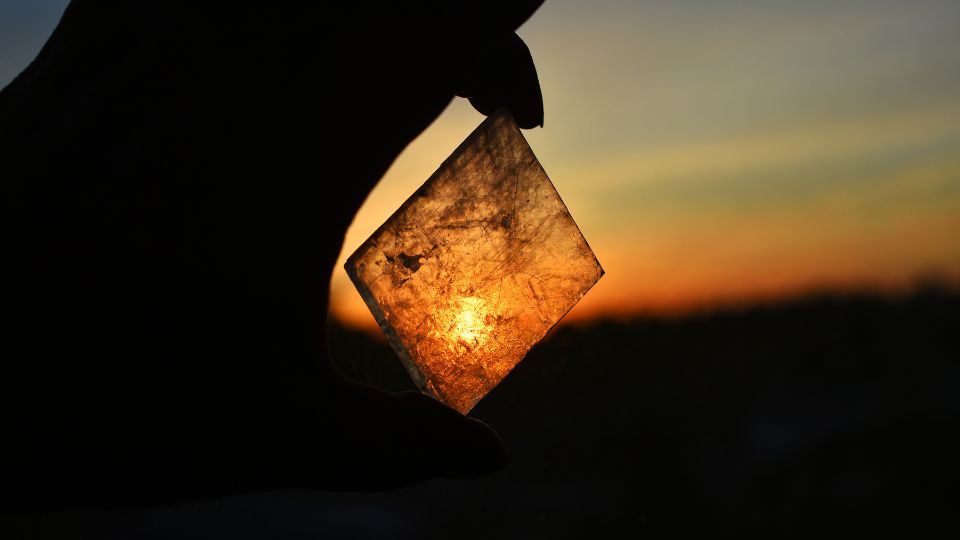The Product

Calcite is a Calcium Carbonate (CaCO3) crystalline compound, in several forms and colors.It is named basec on the crystal’s predominant color (Black, Blue, Brown, etc). In some cases, it has layers of different colors and is called Onyx.
They may be observed inside some caves, as stalactites ans stalagmites or having a dogtooth shape (Wich also names these specimens). There are colorless calcite varieties, completely clear and transparent (iceland Spar, because it was first verified on that country), wich constitutes our main product.




